Palimpsest
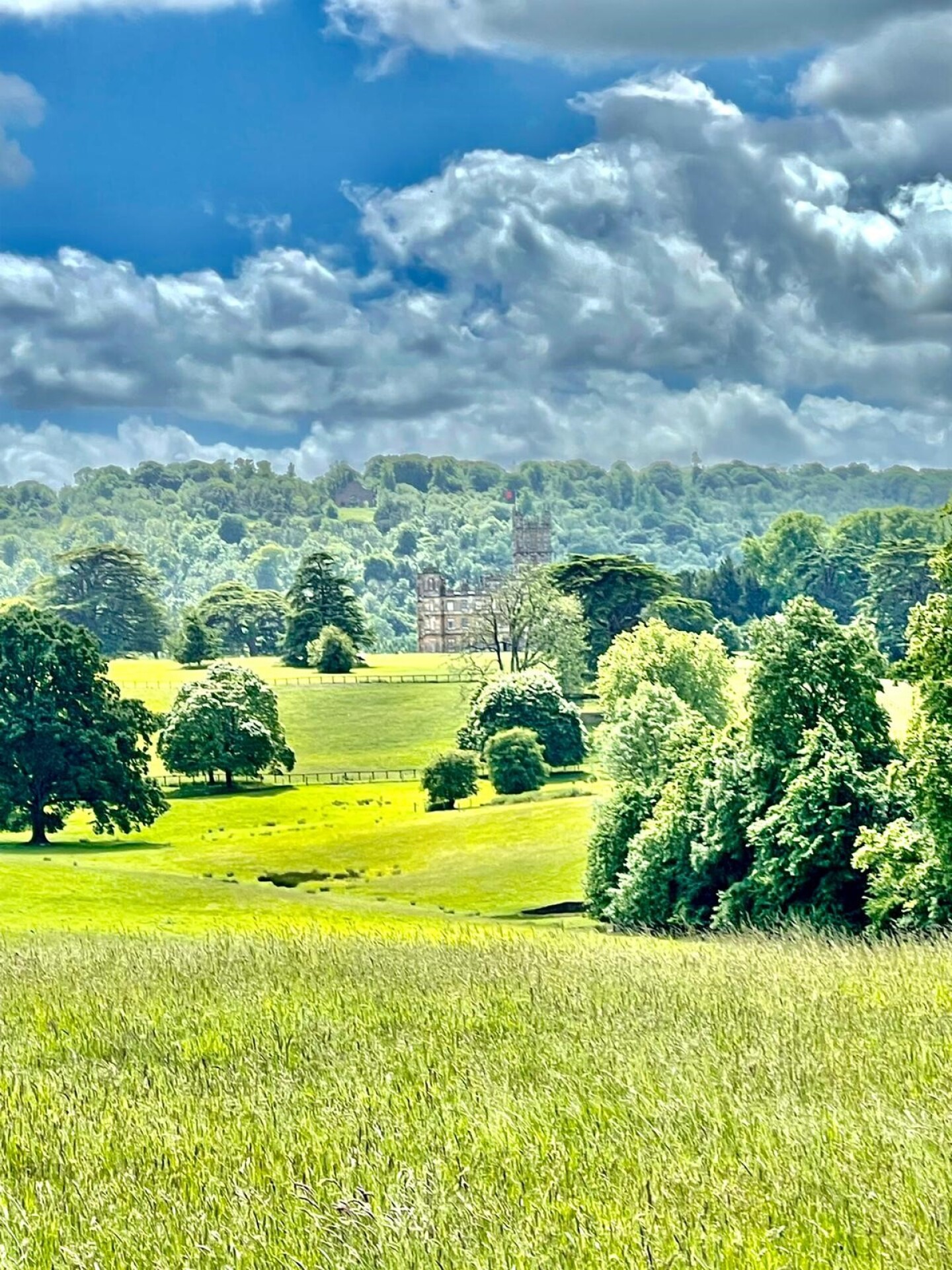
Palimpsest

“Highclere is an excellent example of a landscape palimpsest.”
I can immediately hear Geordie telling me off for using a nerdy word but the point is that words can be fun and I like words. The fact that most people don’t understand what I am talking about is neither here nor there.
I am however a mere novice compared to Susie Dent, bestselling author, word expert and broadcaster, who always has the most excellent selection of words. At the moment for example, one of her favourite words ‘swullocking’ may be very useful to describing stifling and hot weather.
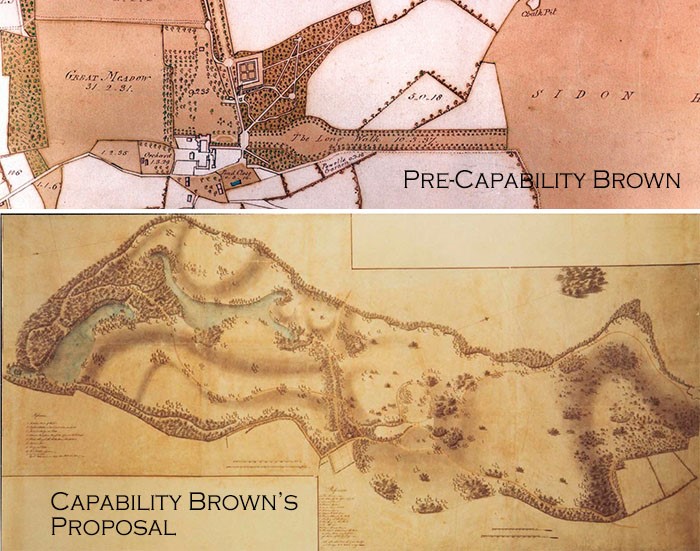
Palimpsest has Greek origins: the syllables are constructed from “palin” “again or back” and psēn "to rub smooth." The meaning being that Highclere’s landscape has been smoothed and shaped over millennia. In a way, is a re-editing process in which the original shape and purpose was changed. A palimpsest highlights the concept of layering, where older elements are still present buried beneath newer ones, thus creating a complex and rich history. In Highclere’s case this means bronze age burial mounds, Anglo-Saxon tracks and terraces, medieval field patterns and deer parks and Georgian avenues and pleasure gardens.

In fact, Palimpsest is more often used to describe a manuscript or scroll that someone has written something on and which, later, someone else has later scraped off and then written on again. On one side you could say that it is therefore very environmentally friendly and a way of recycling but, on the other hand, it also means that lots of historic words, thoughts and descriptions were lost in order to save paper.
There are many famous examples. A papyrus scroll fragment written by Seneca “On the Maintenance of Friendship” was overwritten by a late-6th-century Old Testament scribe. Then there is the extraordinary Archimedes Palimpsest.
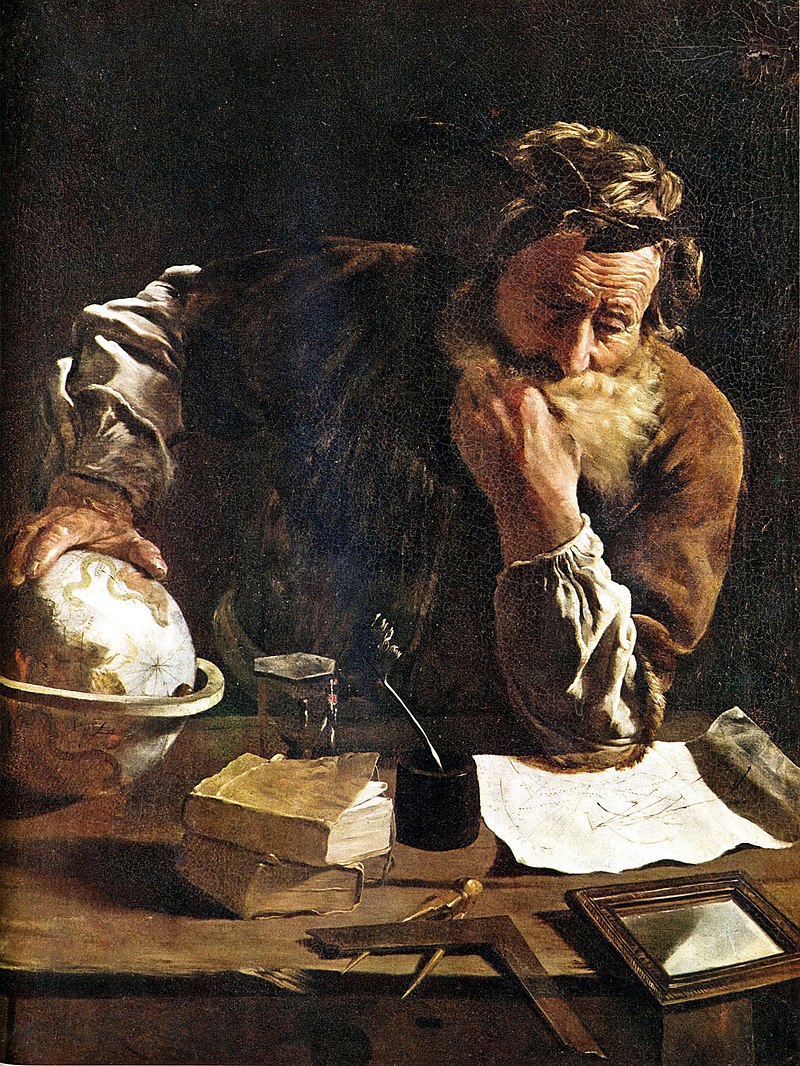
Archimedes lived in the 3rd century BC and is considered one of the leading scientists in classical antiquity and one of the greatest mathematicians of all time. He wrote his proofs as letters in Doric Greek which were later compiled into a comprehensive text sometime around AD530 by Isidorus of Miletus, the architect of the Hagia Sophia, the patriarchal church in Constantinople. A copy of this was made around AD 950 and the study of Archimedes flourished at this time.
The manuscript then travelled to Jerusalem where, in 1229, the Archimedes codex was unbound, scraped and washed, the leaves folded in half, rebound and reused for a Christian liturgical text.
By 1840, the palimpsest was brought back by the Greek Orthodox Patriarchate of Jerusalem to its library in the Holy Sepulchre in Constantinople. In 1899, a catalogue of the library's manuscripts was produced and included a transcription of several lines of the partially visible underlying text in this manuscript. John Heiburg, the world's authority on Archimedes, recognised the text and realized that the work was by Archimedes.In 1906 he travelled to Constantinople to study it and confirmed that the palimpsest included works by Archimedes thought to have been lost. This book contained seven treatises in Greek, including the unique source for The Method, The Stomachion, and On Floating Bodies which were not otherwise known by mathematicians, physicists or historians.
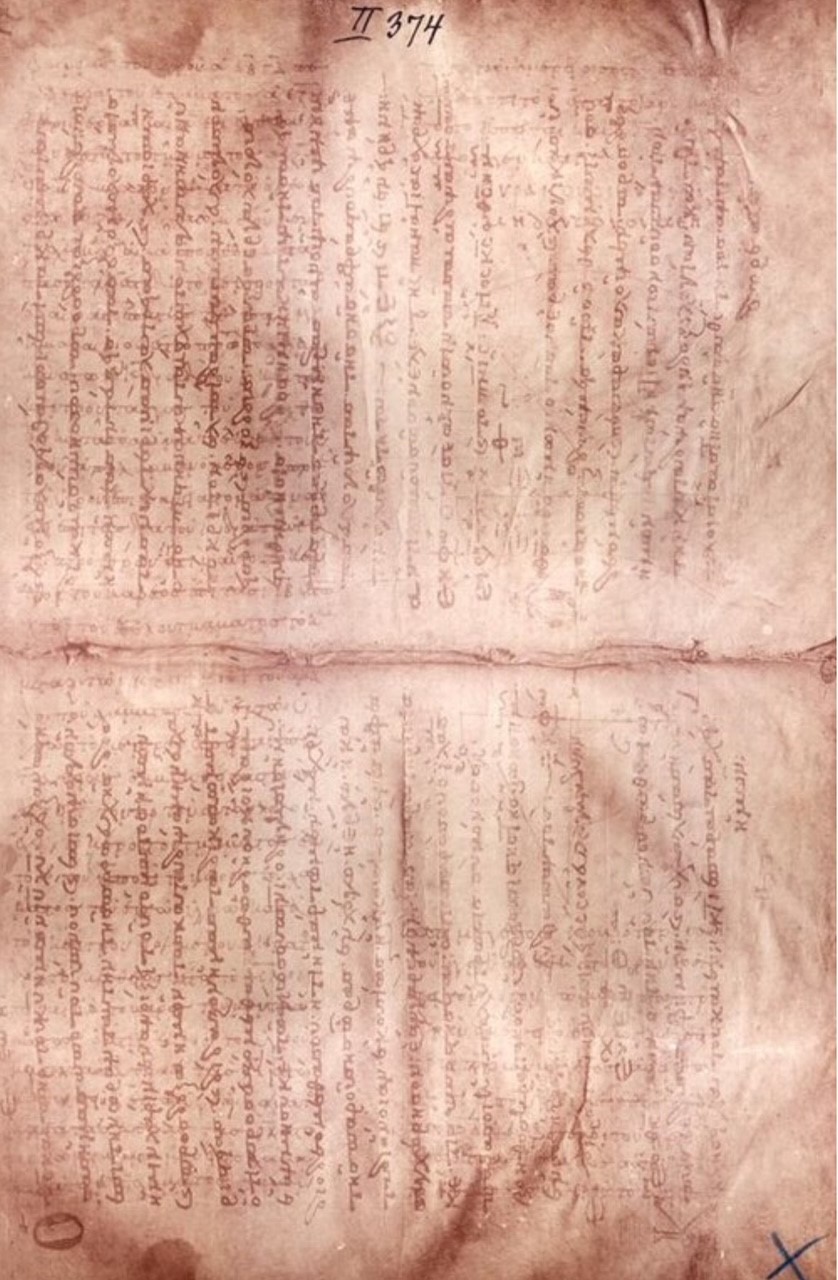
Lost during the civil unrest in the 1920’s, the document was then put up for sale and was the subject of various legal claims before being bought by an American and given to The Walters Art Museum, Baltimore, for conservation, imaging, and scholarly study. Through modern technology and imaging, layers of texts have been recovered.
These ghost words are a treasure.
At their core, therefore, palimpsests are basically covered or removed, partial fragments of culture. They also represent the ability to adapt to changing circumstances in the same way that ancient buildings can represent the physical layering of time.They are built and rebuilt, adapted and altered for re-use which almost ironically is the very thing that helps to preserve them.
In a broader scope, entire ancient cities can be seen as palimpsests: layers of buildings and structures from different eras built on the same site. Words, buildings and art all create the context within which people exist, think, feel and relate to others. They are the glue that binds communities together.
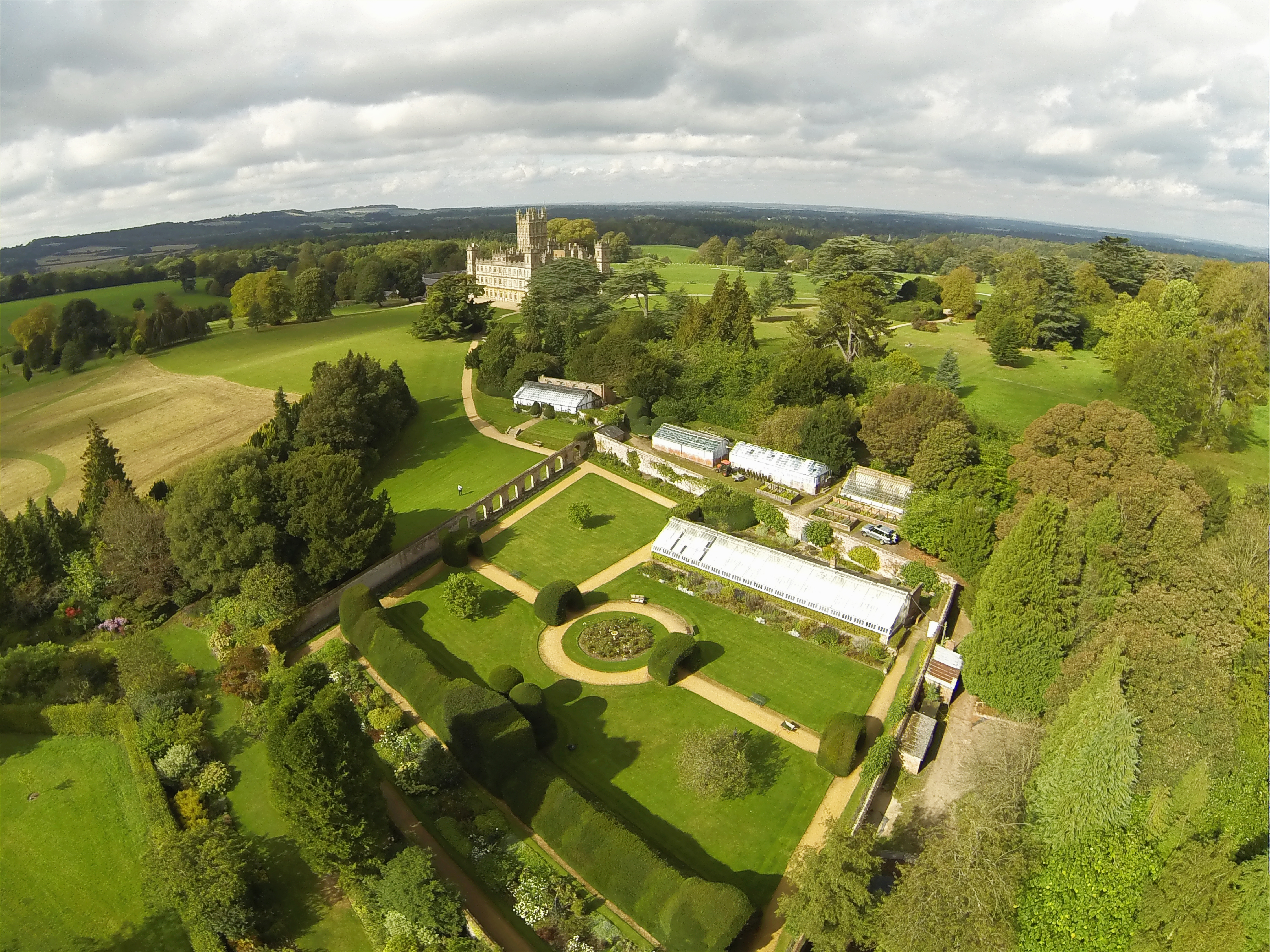
Highclere is a palimpsest in many aspects. It an accumulation of past details whether in the building or landscape and who knows maybe we might even find a palimpsest in the Library.
29 Comments
This is fascinating!
Thank you!
Thank you for enriching our vocabulary, and knowledge! Now I truly have a classical education!
Tis always a total delight to linger here....and reread previous blogs as well!
I have throughly enjoyed reading this.
Thank you for your palimpsest blog taking us in wing and poise balanced high above earth's confusion to view and decipher the landscapes consisting
of geography, history, culture and politics, superimposed layers to gain a better understanding of a sense of place. Your blog always takes me to a new level!
Many thanks
Amazing Blog, made great reading. I have pre-ordered your latest book on Amazon. Cant wait to read it...
That is very kind
I have really enjoyed reading this article!
So pleased you have enjoyed reading
Dear Lady Carnarvon
Thank you for explaining, in detail, what the word means. It is an adventure when reading your blog. Thank you
Dear Lady Carnarvon,
I learn something new every day, & I'm happily adding "Palimpsests" to my collection!
Thanku very much
Caroline
The word is used in French but written with a finale "e". The French définition is :" manuscrit ancien sur lequel les copistes ont rajouté un texte au Moyen Âge". Many thanks for your instructive texts
Always sounds better in French !
Good morning Lady Carnarvon,
Thank you for another excellent blog - They are always so entertaining AND educational.
I suspect you may already have this book in your library, but if not - "The Word Museum" by Jeffrey Kacirck is great fun! (Although I just checked, and it
does not include the marvelous PALIMPSET!)
Do not have ot yet!
Thank you Lady Carnavan, I write this from Connecticut, USA on a very
swullocking day in summer. We are at the start of a heat wave for this week. 😃🌞
New words are always fun to learn! God bless!
We have had sun for awhile now but the rain has come today which the crops are enjoying
That was a very intriguing read. How wonderful that it was saved and studied. Made me think how much have we already lost, and luckily, how much we have left to discover!
WOW ! The best and most interesting blog !
You are as good as a university education. Thank you ....
Thank you
I learned a lot today. Thank you for the history lesson.
Highclere Palimpsest - Achimedes Palimpsest = it's Greek to me :-)
You always have something to teach, for us readers to learn. Thank you so much for all the effort you put into your blog.
Just WOW! I loved reading this, thank you 😊
Thank you for all the knowledge you share. I love learning new things especially this.
Thank you Lady Carnavan for this interesting post. Having just visited Highclere in April, I was interested to read about the different time periods still present and observable on the lovely grounds. It would be nice to see pictures of examples of different eras on the grounds. By the way, love the book that was provided as part of the tour. Very interesting, well researched, and well written. I see how Downton Abby incorporated some of the actual history in the series. Thank you for doing that.
Cheers,
--Jim
I, too, love words! Today’s post was wonderful! Keep ‘em coming!!!
Thank you
Thank you for the very inspiring article. Sometimes one word becomes a source for others, accumulating thoughts. It's incredibly fascinating to discover something beneath the surface of a word, an idea, or a landscape. It's like penetrating time and finding another, ancient, and not necessarily bygone reality.
I first came upon the word "palimpsest" when reading Umberto Eco's Name of the Rose (I believe that was the name of that book, which inexplicably was a huge popular hit despite being difficult to decipher for most readers...if I recall correctly, or maybe it was just difficult for me!). I was fascinated by this word at the time (I was a student at UC Berkeley, studying English Literature) and promptly looked it up in the dictionary, the only place you could turn to for such information in that Pleistocene era, and just loved the definition. I've never forgotten it, and try to slip it into conversations whenever I can get away with it. Thank you for this, for the reminder that I have not done so in too long. I'll make sure to use it again soon.
Do slip it in !!!!
Lady Carnarvon, there are few things I like better than a new way to use an old word, so I thank you for using palimpsest to describe Highclere. New ideas in an old head are always good.
I learned the word from 1066 and All That. If I remember correctly, (and I may not because I haven't read it for some years), it was used in a quiz. The book asked "How angry would you be if it was suggested a) that the Consolations of Boethius was an interpolated palimpsest or b) that an eisteddfod is an agricultural implement?
Thank you again.
Margaret
you have a great memory
Such an interesting blog thank you ,
Sorry I’m late this week !
Thank you so much
Enjoyed the blog Thank you
LOVELY WORDS,LADY FIONA.
CHEERS.
GOOD SUMMER FOR YOU,.MILADY.
VILA ALEMÃ
RIO CLARO - SP
BRAZIL
And to you too!
I had read the thing about the “lost and found” Archimedes text, and this tells even more about it—fascinating! Also love words! Really enjoying saying this one, palimpsest. Love seeing the aerial view of the castle grounds – – especially the walled garden and greenhouses! Those little bush-tunnels are something! Can’t believe they didn’t figure out how to film DA in it. I had posted on a DA chat group, about this very thing, flowers that must’ve been grown onsite, prompted from the episode we see the wheelbarrow coming into the courtyard – – but no one seemed much interested. Very glad to see this! Thank you.
So glad to see that last week’s blog was indeed written. I tried several times to bring it up since I very much wanted to know what palimpsest meant and its origin. After checking again to see your responses today, i found last week’s!! Yay!! A great word fest!
We have changed the website and had a few issues last week but hopefully all resolved now! Am pleased you found and enjoyed the post.
Leave a Comment
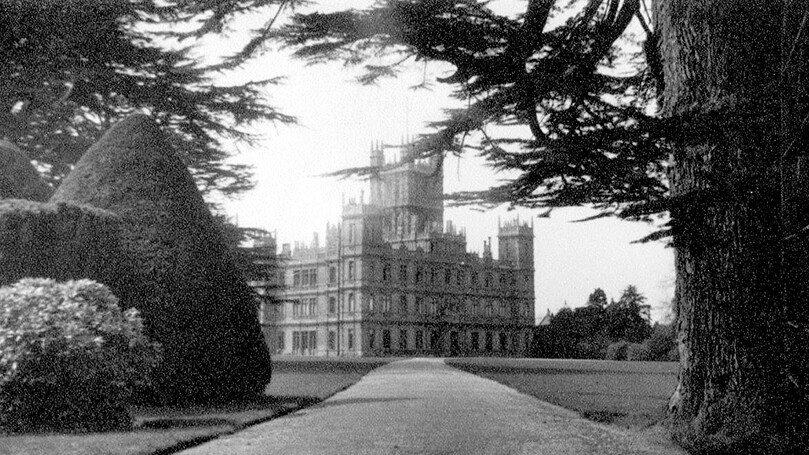
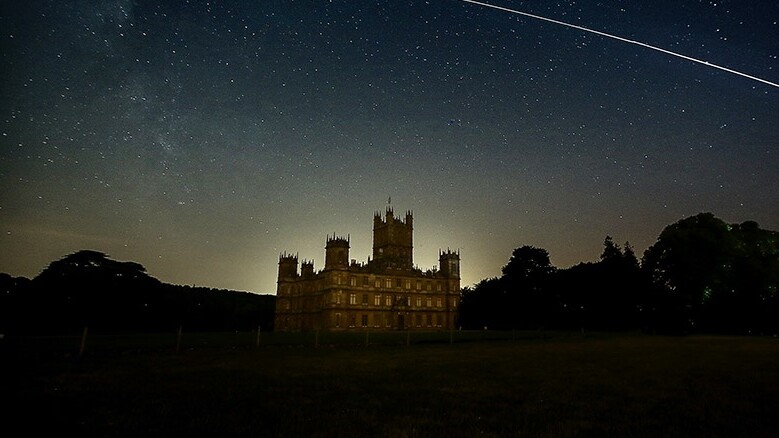
- Christmas
- Community
- Dogs & Horses
- Egypt & Tutankhamun
- Entertaining
- Farm
- Filming
- Gardens
- History & Heritage
- Daily Life
- Royalty
- Cooking
- Interiors
- Heroes
- Architecture
- Cars
- Conservation
- Downton Abbey
- Events
- Gardens & Landscape
- Highclere Castle Gin
- History
- Planes
- Restoration
- Stories & Books
- Uncategorized
- Visitors
- Wildlife



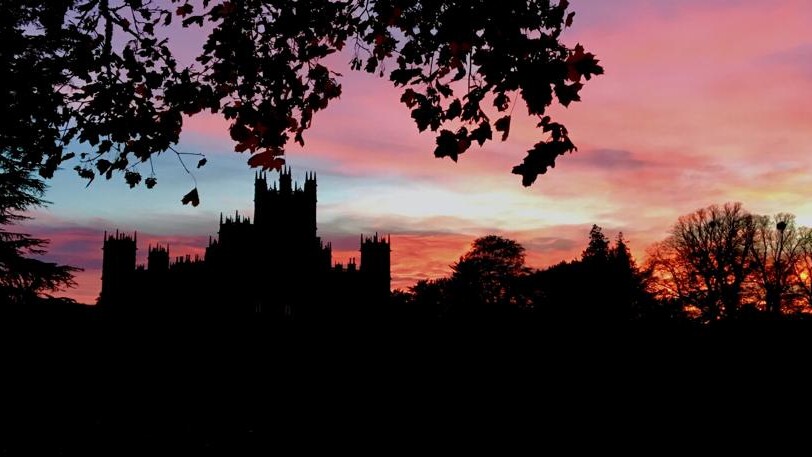
Lovely blog today
Thank you